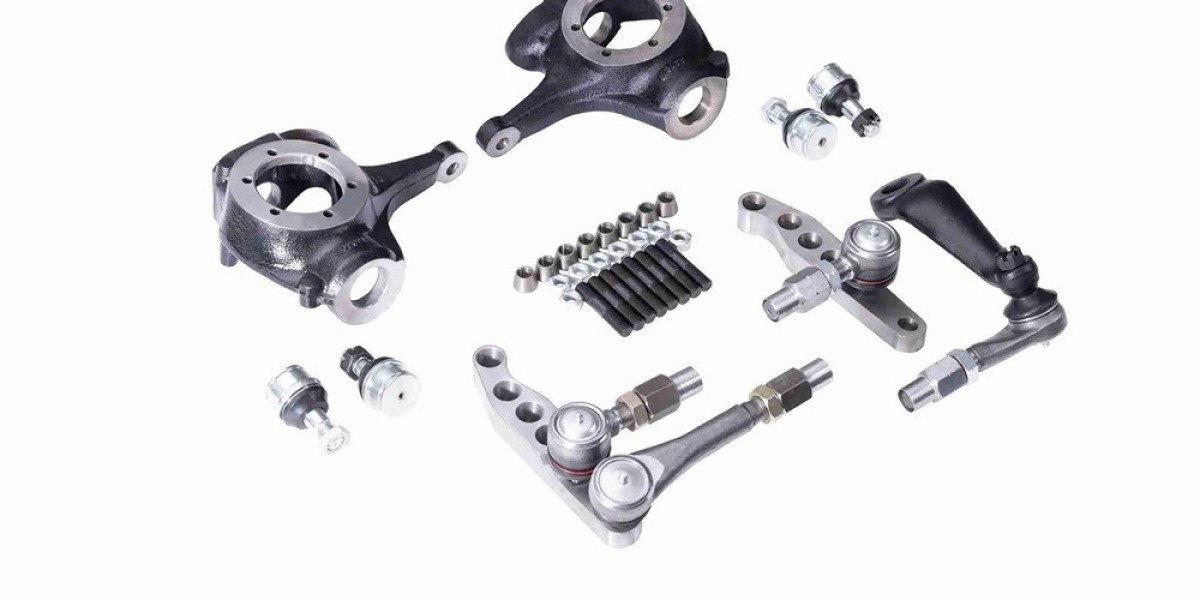In baseball, reliable practice tools are invaluable for developing throwing, catching, and fielding skills. Among them, the rebounder—a net or frame designed to return thrown balls—stands out as a versatile solo training device.
Rebounders come in various configurations: flat nets for ground balls, angled screens for pop flies, and strike-zone simulators for pitchers. Each type serves a different purpose, but all share the goal of returning the ball to the player, allowing continuous repetitions without a partner.
For fielders, a rebounder set at ground-level replicates scooping and throwing ground balls. By tossing the ball directly at the net and preparing for the return, infielders strengthen their glove work, footwork, and quick-release throws. Altering the rebound angle adds unpredictability, forcing players to adjust to different hops.
Outfielders benefit from angled rebounders that send the ball skyward. Catching these simulated fly balls hones tracking skills, judgment of ball flight, and proper catching technique with two hands over the shoulder.
Pitchers and catchers also find value in rebounders. A strike-zone trainer can be used to practice bounce-back drills, improving target accuracy and consistency. Catchers can work on block-and-throw sequences by receiving low bounces and quickly transferring to a throwing position.
Beyond position-specific training, rebounders aid in reflex development. Quick-feed drills, where balls are thrown rapidly at varying angles, challenge hand-eye coordination and reaction time, critical for in-game adaptability.
Strength and conditioning integrate well with rebounder use. Fielding continuous grounders at game-like speed builds muscular endurance in the arms and shoulders. Plyometric movements—like sprinting to the rebounder and transitioning into a throw—simulate game intensity and reinforce explosive power.
Rebounders are portable and require minimal setup, making them ideal for backyard practice or small-space training. Many models fold or disassemble for easy transport, catering to youth players traveling between fields.
When selecting a rebounder, consider factors like net tension, frame stability, and adjustability. High-quality rebounders maintain consistent bounce characteristics over time, while lightweight frames strike a balance between portability and durability.
Incorporating rebounder drills into a regular training routine accelerates skill acquisition. By enabling focused, uninterrupted repetitions, rebounders help players internalize proper mechanics and build confidence. Whether you are working on fielding ground balls or sharpening your strike zone, a rebounder for baseball is an indispensable tool for players dedicated to elevating their game.






